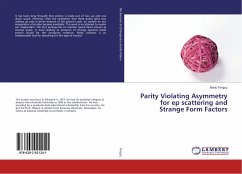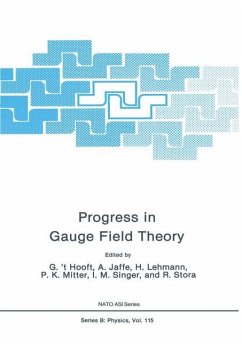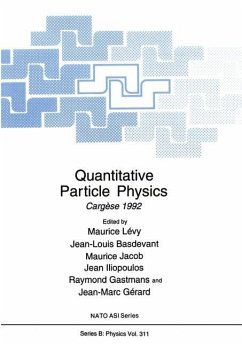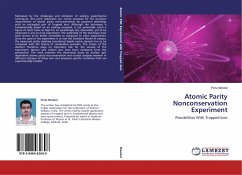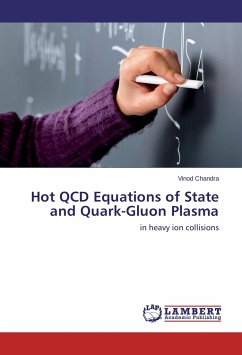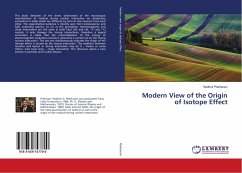
Partons Reloaded
A Philosophical Thought Experiment on the Divisibility of Elementary Particles
Versandkostenfrei!
Versandfertig in 6-10 Tagen
24,99 €
inkl. MwSt.

PAYBACK Punkte
12 °P sammeln!
Particle physics is in a perceptible crisis nowadays. Dozens of theories are struggling to explain the creation of our world and its basic phenomena. But there is no breakthrough yet. The Grand Unification Theory, that would perfectly explain the characteristics and interactions of particles is still only a dream. All theories have similar problems: quite a few preconditions and parameters are needed to ignite the theory, while most of them does not even run smoothly. This crisis gave birth to the following thought experiment, which based on only a few simple assumptions - like the one that th...
Particle physics is in a perceptible crisis nowadays. Dozens of theories are struggling to explain the creation of our world and its basic phenomena. But there is no breakthrough yet. The Grand Unification Theory, that would perfectly explain the characteristics and interactions of particles is still only a dream. All theories have similar problems: quite a few preconditions and parameters are needed to ignite the theory, while most of them does not even run smoothly. This crisis gave birth to the following thought experiment, which based on only a few simple assumptions - like the one that the "elementary" particles are indeed composite structures. A purely logical approach leads us from these assumptions to the creation of a world that is basically the same as ours. Perhaps the theory that unfolds in this book turns out to be wrong in the future as a whole, but its simplicity and elegance suggest that at least part of it reflect the true nature of the particles of our world.



